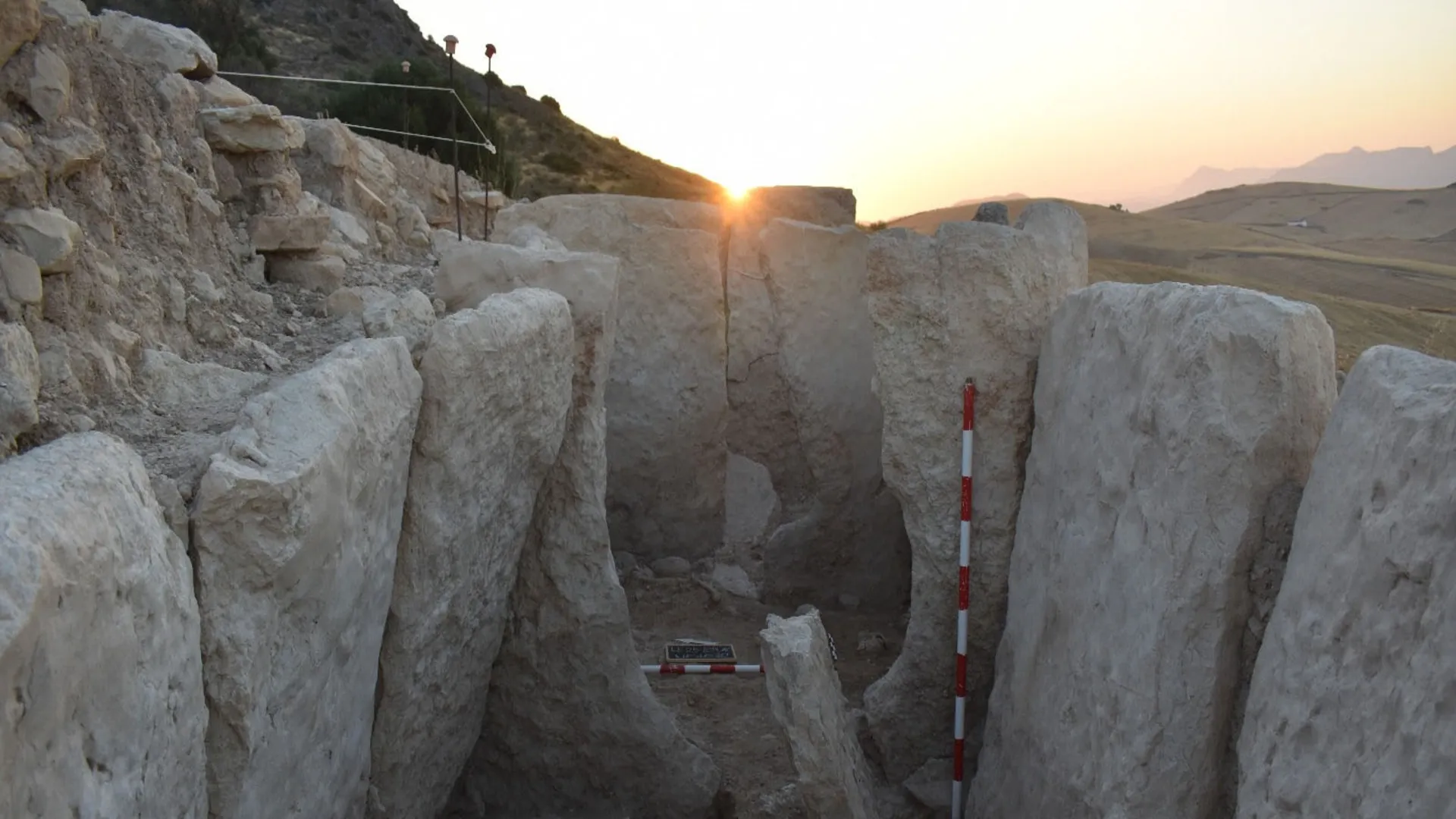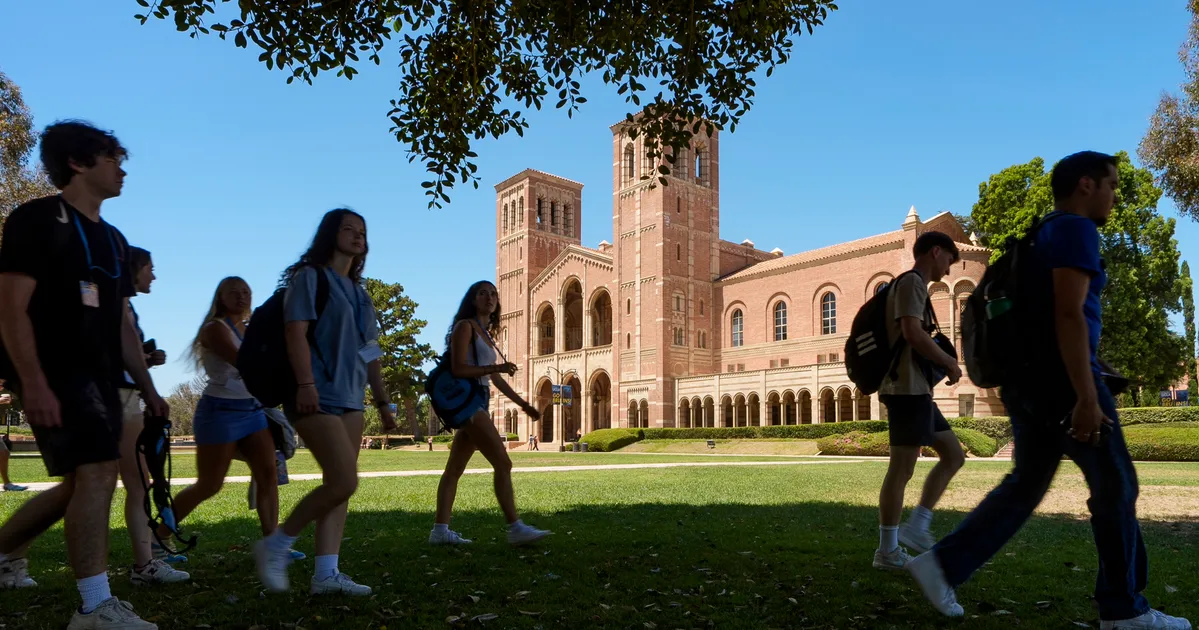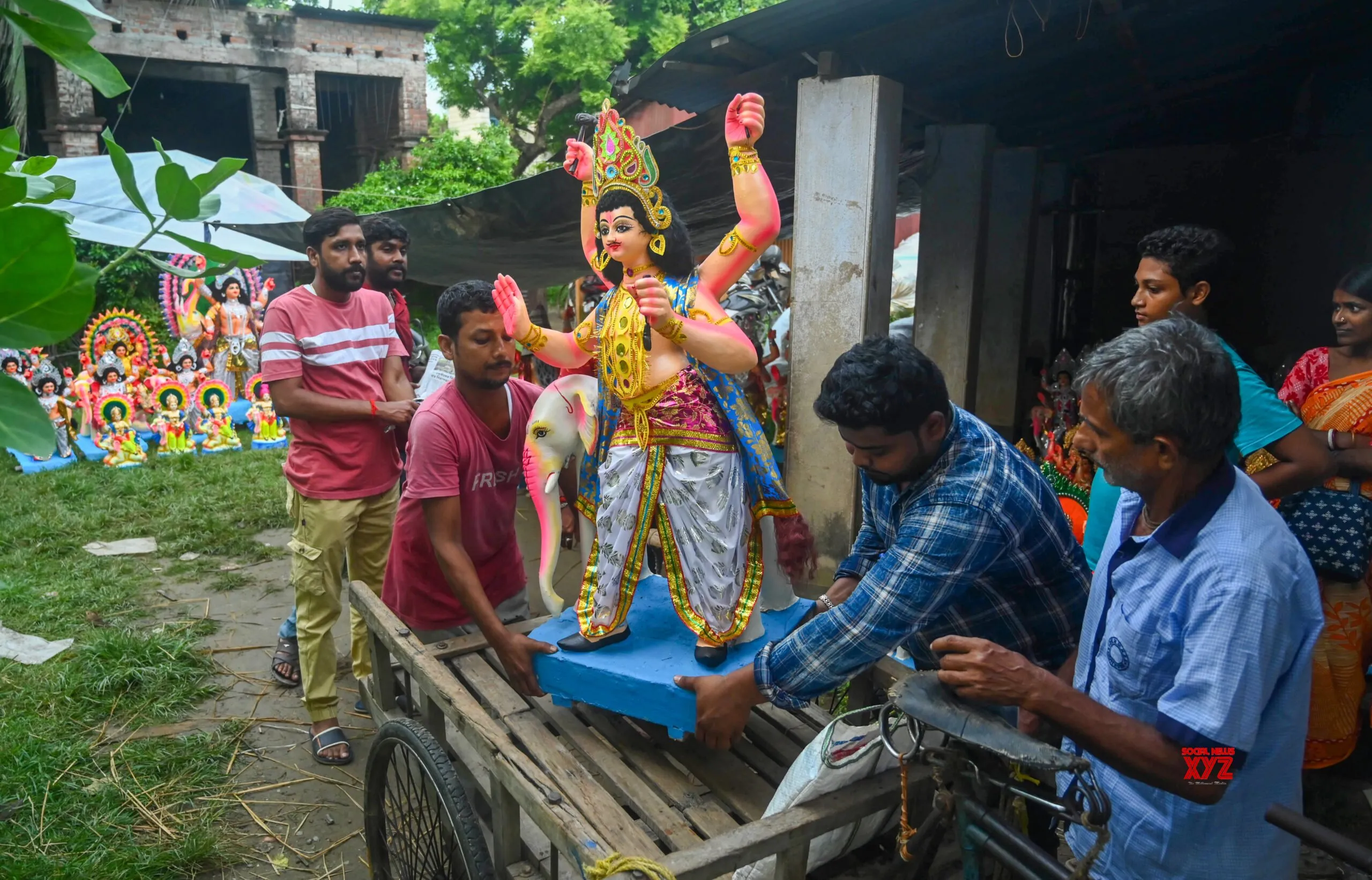
Archaeologists in southern Spain have uncovered one of Andalusia’s most monumental and best-preserved prehistoric dolmens, or tombs.
Located near the town of Teba, the La Lentejuela dolmen stands out among the more than 4,000 scattered across Spain.
Found throughout Europe, Asia, and parts of Africa, dolmens are prehistoric megalithic stone structures, usually built as tombs or burial sites. Famous examples include the 5,700-year-old Arthur’s Stone and Spain’s 7,000-year-old Dolmen of Guadalperal.
With its multiple chambers and complex internal layout, the La Lentejuela dolmen stands out as a prime example in this class of discoveries. It stretches an impressive 43 feet and contains multiple chambers, ossuaries, and an array of exotic grave goods. Its preservation allows for a more detailed reconstruction of ceremonial life than is usually possible with megalithic monuments.
Researchers hailed the discovery, dating back over 5,000 years, as a breakthrough in understanding funerary practices, social hierarchy, and long-distance trade in the southern Iberian Peninsula during the 3rd millennium BCE.
A window into prehistoric life
The excavation, led by Dr. Eduardo Vijande and Dr. Serafín Becerra of the University of Cádiz’s Thalassa research group, has unearthed what may be “one of the most monumental and complete dolmens in all of Andalusia.”
The walls of the dolmen were constructed with orthostats, 6.6-foot-high vertical slabs. “The entire dolmen was also covered by horizontal large stone slabs, and on top of this covering, there was a tumulus [a human-made mound] of sand and small stones,” Vijande told Live Science, emphasizing the monument’s architectural sophistication. Such structures, researchers note, may also have served as territorial markers, ritual spaces, or solar observatories aligned with events like the summer solstice.
Artifacts that reveal trade networks
Inside the tomb, researchers uncovered a splendid array of artifacts along with human remains, revealing an extensive prehistoric network of trade and symbolic communication: arrowheads, large flint blades, a halberd, and ornamental pieces made of ivory, amber, and seashells.
The seashells reflect the importance of maritime connections, according to Professor Juan Jesús Cantillo. “The presence of seashells in an inland area reflects the importance of the sea as an element of prestige and the existence of long-distance exchange networks,” as per the press release. Raw materials such as ivory and amber further confirm that Bronze Age settlements in the region were linked to major trade routes, as noted by The Jerusalem Post.
Weapons like the halberd—a spear with an axe-like head—signal the social prominence of the individuals buried within.
Inside they recorded ossuaries together with grave goods such as arrowheads, large blades, and a halberd that symbolized power, signs of the high status of the interred individuals, reported The Jerusalem Post.
The careful arrangement of ossuaries within the dolmen suggests communal burial practices and sophisticated ceremonial planning, providing archaeologists with invaluable insight into societal structures in prehistoric Iberia.
Vijande added, “The extraordinary state of conservation will allow us to know in great detail the ways of life and beliefs of these communities.”
Looking ahead
Scientists aim to analyze the human remains from the megalith, trace the origins of the exotic materials, and study the production techniques of the weaponry and ornaments. Vijande emphasized, “Insights from La Lentejuela will contribute to debates about social hierarchy, land ownership, and long-distance trade in the third millennium BCE,” as per The Jerusalem Post.



